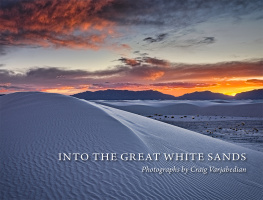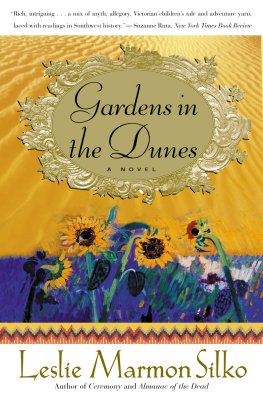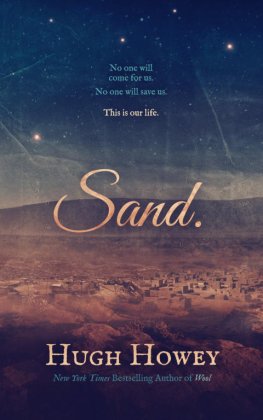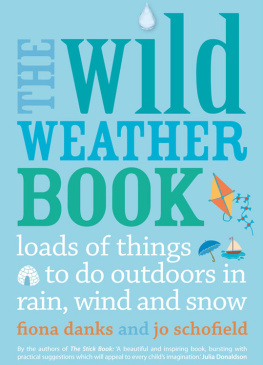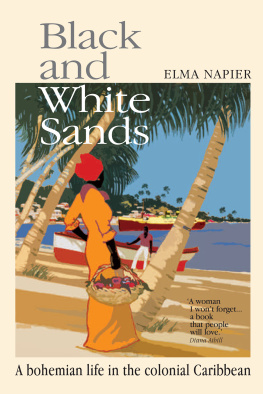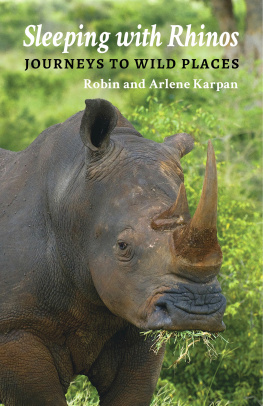
INTO THE GREAT WHITE SANDS
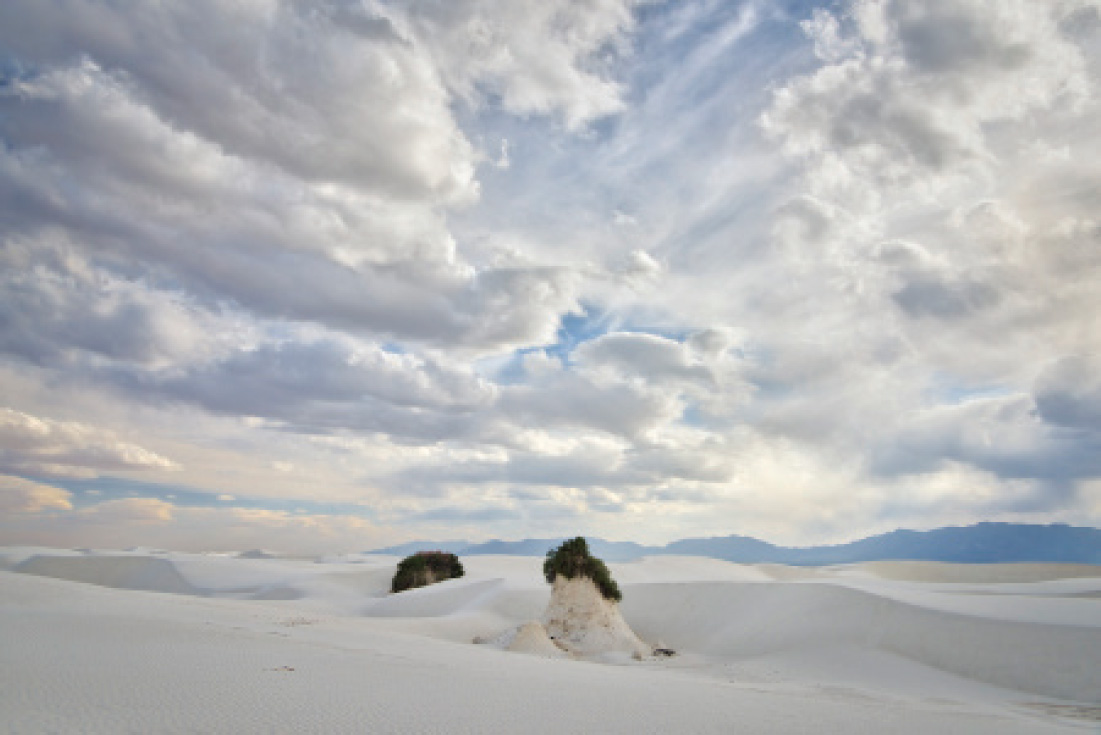
Salt Cedar Pedestals and Clouds. Pedestal dunes are erosional landforms that owe their origins to temporary stabilization of dune sediments by trees or other deep-rooted plants. When the dune moves on, the Pedestal dune remains, commonly with the plant still in place and growing.
INTO THE GREAT WHITE SANDS
Photographs by Craig Varjabedian
Essays by Jeanetta Calhoun Mish, Dennis Ditmanson, and Jim Eckles
UNIVERSITY OF NEW MEXICO PRESS
ALBUQUERQUE
This book is dedicated to Tom Charles and Johnwill Farris, the first and second custodians of White Sands National Monumentguardians in the truest senseof the beauty and magic of the Great White Sands. And to the current stewards, the rangers of the National Park Service at White Sands: thank you for continuing to protect and care for this place of wonder.

CONTENTS
Tom Charles
Dennis Ditmanson
Jeanetta Calhoun Mish
Jim Eckles
Craig Varjabedian
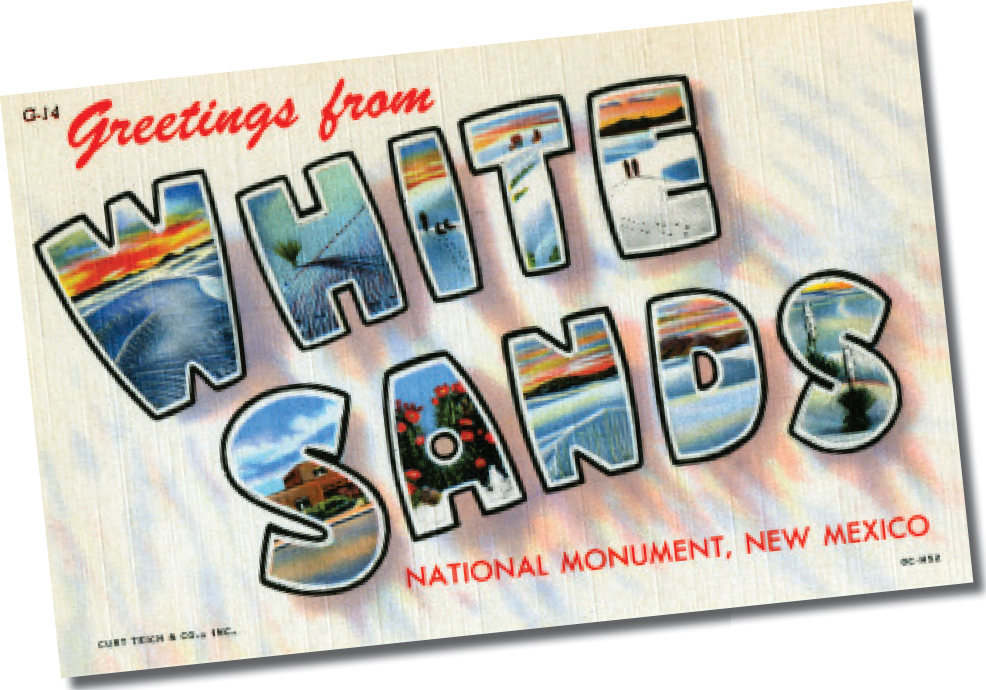
Greetings from White Sands National Monument, New Mexico.
Postcard published in 1950 by Curt Teich & Company, Inc.
AN INVITATION
To you who have never seen the Sands, I want to invite you to come and I hope that you see them on an evening just as the setting sun breaks through a canopy of clouds above the rugged San Andres, painting the points of the hills in yellow and gold; with here and there a burning ball of fire; that the mountains themselves are purple and the blue and the deep shadows of the Sands stand out against the snow white hills. For it was on such an evening that Dr. Gilbert Grosvenor visited the Sands and said, This is one of the Natural Wonders of the World. I place it on a par with Carlsbad Caverns and the Grand Canyon.
And as you linger in the twilight I hope that a gust of wind will come up the long slope and sweep up an eddy of swirling sand, and as it reaches the summit it will stand erect, almost in human form, and then stop and bend as if peering into the shadows, and run along the rippled ridge and stop and bend again, then disappear into the darkness. For then you will have seen the Pavlo Blanco, the White Wraith, the ghost of the beautiful woman who, according to Spanish Legend, comes nightly, dressed in the flowing white robes of her wedding gown and looks and hunts and searches for her lover, lost and buried in the Great White Sands. And as you stand peering into the darkness, listening to the silence of the desert, without the whisper of a single leaf, I hope that you turn, half frightened, and face the full red moon as it rises over the Sacramento mountains, scattering its millions of diamonds over every rippled dune, and you will have seen the Great White Sands.
TOM CHARLES, First Custodian of White Sands
National Monument, 1938
from Story of the Great White Sands
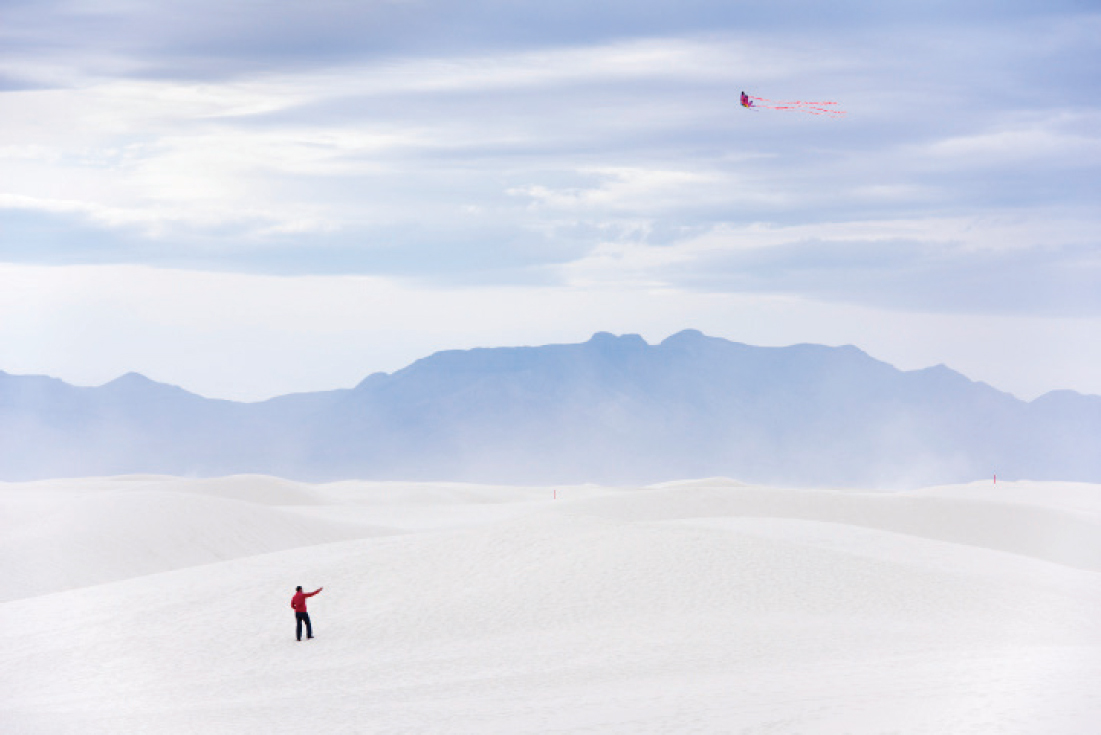
Flying a Kite on the Dunes, Spring.
Gilbert Grosvenor served as chairman of the board and president of the National Geographic Society and editor of its magazine from 1899 to 1954.
Changeless Yet Ever-Changing
Dennis Ditmanson
My introduction to Craig Varjabedian came in the form of a phone call. He explained that he was working on a book, a photographic essay, on the White Sands and that a mutual friend had suggested he talk to me about my experiences while serving as superintendent at the park. Intrigued, I agreed to meet for breakfast and was soon drawn into the project by Craigs enthusiasm and his sincere and genuine dedication to his craft. Through subsequent conversations Ive come to admire his concern for getting to the core of whatever project he is working on, and Ive found myself drawn into this story through his probing questions and desire to make this publication an authenticas he put itrepresentation of this landscape. Craigs photographs speak so eloquently of the spirit of the White Sands that I was at a loss as to what I might contribute until I thought about the mix of people and place that, for me, sets the White Sands apart.
As a career National Park Service (NPS) manager, my introduction to White Sands National Monument was not the usual first view experienced by an incoming park superintendent. When Regional Director John Cook appointed me to the position early in 1989, it was with the caveat that I be on hand for the Easter Weekend activities at the park, even though my official reporting date was a bit later in the spring. He explained that this particular weekend was a big deal for the park and it would be important that I see the situation for myself in order to better understand the issues Id face once I was ensconced in the position. Striving to make the best first impression on my soon-to-be staff, I headed for the park at what I thought was an early hour only to find traffic backed up out onto the highway. Good, I thought. People enjoying their national monument. What I found was pretty much chaosa smaller version of the spring break mayhem usually associated with Fort Lauderdale or South Padre Island. After spending the day wading through a sea of beer cans and paper cups with the park rangers while making contacts with the revelers, Director Cooks message was clearwe had to find a way to balance use with visitor safety and resource protection. White Sands was an area set aside for the protection of a pretty special environment, but people also had a place in that landscape. In retrospect, I find most of the memories of my time there revolve around that interplay between the visitors and the resource.
I think Tom Charles had that same thought in mind. A local businessman, Mr. Charles was also a local booster who worked tirelessly to have the White Sands set aside as a unit of the National Park System. He saw economic potential in the dune field but recognized that its value lay in being promoted, as he put it, by the inspiration rather than by the railcar load. Beginning in 1933 as the first caretaker of the new monument, he pressed for roads and other improvements that would get visitors into the landscape. Early on in my time at White Sands I happened on the bound copies of the Monthly Superintendents Reports prepared by Johnwill Faris, who served as superintendent there longer than anyonefrom November of 1939 until January of 1961. If Tom Charles is to be considered the father of White Sands, then Johnwill Faris has to be its hero. Coming on the scene when he did, just at the beginning of the war years, he guided the fledgling monument through that period when the growth of the military presence in the Tularosa Basin threatened its very existence.
Johnwills reports stayed on the corner of my desk throughout my tenure.
Having seen the abuse of the park on that first Easter, I wanted to get a grasp of how visitor use occurred on a more typical day. Going into covert modecausing much snickering among the staffI donned shorts and a T-shirt, grabbed a lawn chair, and found a tall dune from which I could observe the visitors behavior. Unlike my previous experience, I saw families picnicking, kids surfing the dunes, a volleyball game or two, an artist set up with a sketchpad, and others like myself, alone on a dune, just absorbed with a sense of place. It occurred to me that here was the challenge of the NPS mission in a microcosm: To conserve the scenery and the natural and historic objects and the wild life therein and to provide for the enjoyment of the same in such manner and by such means as will leave them unimpaired for the enjoyment of future generations (16 USC, Sec. 1). Linking people and place occupied me for the next eight years, but this session ended when it dawned on me that sitting in a metal lawn chair on the highest point around probably wasnt the best idea, given the rapidly approaching thunderstorm.
Next page
